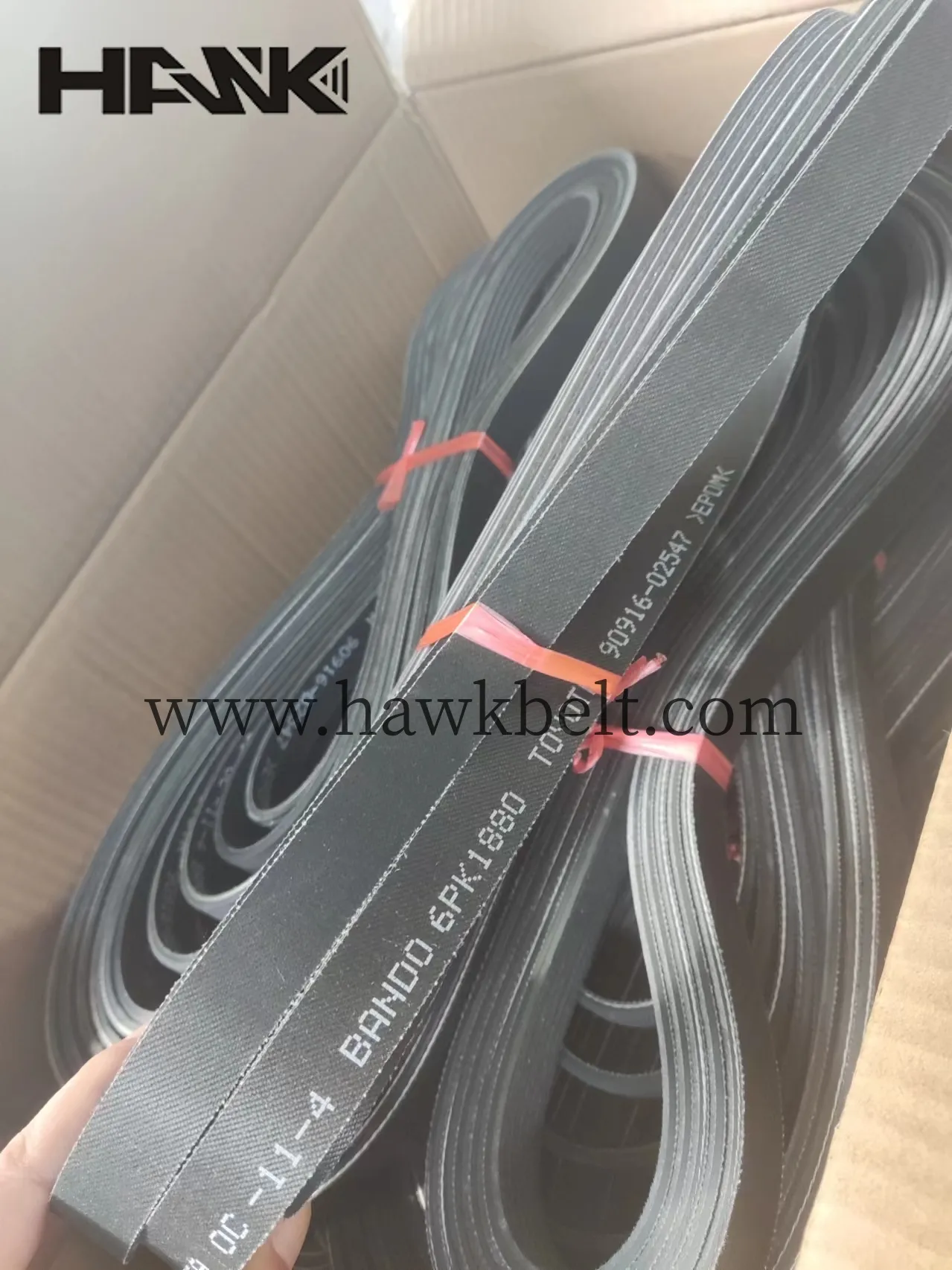- Arabic
- French
- Russian
- Spanish
- Portuguese
- Turkish
- Armenian
- English
- Albanian
- Amharic
- Azerbaijani
- Basque
- Belarusian
- Bengali
- Bosnian
- Bulgarian
- Catalan
- Cebuano
- Corsican
- Croatian
- Czech
- Danish
- Dutch
- Afrikaans
- Esperanto
- Estonian
- Finnish
- Frisian
- Galician
- Georgian
- German
- Greek
- Gujarati
- Haitian Creole
- hausa
- hawaiian
- Hebrew
- Hindi
- Miao
- Hungarian
- Icelandic
- igbo
- Indonesian
- irish
- Italian
- Japanese
- Javanese
- Kannada
- kazakh
- Khmer
- Rwandese
- Korean
- Kurdish
- Kyrgyz
- Lao
- Latin
- Latvian
- Lithuanian
- Luxembourgish
- Macedonian
- Malgashi
- Malay
- Malayalam
- Maltese
- Maori
- Marathi
- Mongolian
- Myanmar
- Nepali
- Norwegian
- Norwegian
- Occitan
- Pashto
- Persian
- Polish
- Punjabi
- Romanian
- Samoan
- Scottish Gaelic
- Serbian
- Sesotho
- Shona
- Sindhi
- Sinhala
- Slovak
- Slovenian
- Somali
- Sundanese
- Swahili
- Swedish
- Tagalog
- Tajik
- Tamil
- Tatar
- Telugu
- Thai
- Turkmen
- Ukrainian
- Urdu
- Uighur
- Uzbek
- Vietnamese
- Welsh
- Bantu
- Yiddish
- Yoruba
- Zulu
Nov . 18, 2024 21:31 Back to list
Hyundai H100 Timing Belt Replacement and Maintenance Guide for Optimal Performance
Timing Belts for Hyundai H100 A Comprehensive Overview
The Hyundai H100, a versatile van renowned for its reliability and efficiency, is widely used in both commercial and personal transport. One of the critical components that ensure the smooth functioning of its engine is the timing belt. Understanding the importance of the timing belt, its maintenance, and replacement can significantly prolong the lifespan of your H100 and enhance its performance.
What is a Timing Belt?
The timing belt is an essential component in the engine of the Hyundai H100. Its primary role is to synchronize the rotation of the crankshaft and camshaft, ensuring that the engine's valves open and close at the appropriate times during each cylinder's intake and exhaust strokes. A properly functioning timing belt is crucial for maintaining the engine’s efficiency and performance.
Importance of Timing Belt Maintenance
Regular maintenance of the timing belt is vital. If the timing belt wears out, it can lead to serious engine damage. The H100 is equipped with an interference engine, meaning that if the timing belt fails, the pistons and valves can collide, resulting in catastrophic damage. Therefore, understanding the manufacturer's recommendations for timing belt replacement intervals is essential for all H100 owners.
Replacement Intervals
timing belt for hyundai h100

Hyundai generally recommends inspecting the timing belt in the H100 every 60,000 to 100,000 kilometers, depending on driving conditions and usage. It’s important for owners to refer to the owner's manual for specific guidance related to their vehicle. Signs of wear to look out for include cracks, fraying, or a shiny appearance on the belt's surface. If any of these conditions are present, the timing belt should be replaced immediately.
DIY vs. Professional Replacement
Replacing a timing belt can be a daunting task for the average vehicle owner, as it requires significant mechanical knowledge and the right tools. While some enthusiasts may attempt this as a DIY project, it is often recommended to have a professional mechanic perform the replacement. A professional can ensure that the belt is installed correctly and that all related components, such as the water pump and tensioners, are inspected and replaced if necessary.
Choosing the Right Timing Belt
When replacing the timing belt in a Hyundai H100, it is crucial to choose a high-quality replacement. OEM (Original Equipment Manufacturer) parts are generally recommended, as they are specifically designed for your vehicle and meet all necessary specifications. There are also reputable aftermarket options available, but it is essential to do thorough research to ensure that the parts are reliable.
Conclusion
In conclusion, the timing belt is a vital component in the Hyundai H100's engine, significantly affecting its overall performance and longevity. Regular maintenance and timely replacement can prevent serious engine damage and ensure that the vehicle runs smooth. Whether you choose to replace the belt yourself or have it handled by a professional, being proactive about timing belt care is essential. Stay informed about your vehicle’s needs, and you can enjoy the reliability and efficiency that the Hyundai H100 has to offer for years to come.
-
Korean Auto Parts Timing Belt 24312-37500 For Hyundai/Kia
NewsMar.07,2025
-
7PK2300 90916-T2024 RIBBED BELT POLY V BELT PK BELT
NewsMar.07,2025
-
Chinese Auto Belt Factory 310-2M-22 For BMW/Mercedes-Benz
NewsMar.07,2025
-
Chinese Auto Belt Factory 310-2M-22 For BMW/Mercedes-Benz
NewsMar.07,2025
-
90916-02660 PK Belt 6PK1680 For Toyota
NewsMar.07,2025
-
drive belt serpentine belt
NewsMar.07,2025

